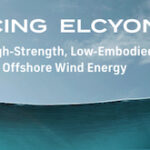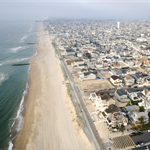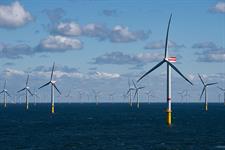New Jersey to launch solicitation for extra offshore wind capacity
Energy Disrupter

The state’s Board of Public Utilities (BPU) formally asked PJM Interconnection for the inclusion using its state agreement approach (SAA) on 26 April.
The SSA means that PJM must consider state policy on an equal basis with reliability, cost and demand.
“Today’s action is extremely important for the future of our offshore wind programme,” said BPU president Joseph Fiordaliso. “As we look to achieve governor [Phil] Murphy’s new, increased goal of 11GW of offshore wind capacity by 2040, we must create additional pathways for wind energy to be brought on shore and into the PJM grid.”
Manu Asthana, PJM’s president and CEO, said: “We look forward to continuing to help New Jersey achieve its offshore goals reliably and as cost-effectively as possible.”
New Jersey, which has the highest goal for offshore wind in the US, previously used the SSA when it planned its first solicitation for offshore wind transmission proposals.
In 2020, the BPU had formally requested the inclusion of New Jersey’s then offshore wind policy goal of 7.5GW by 2035 into PJM’s transmission planning process, which resulted in a competitive solicitation for a variety of transmission projects.
That process resulted in the selection of the Larrabee Tri-Collector Solution proposed by Mid-Atlantic Offshore Development (MAOD) and Jersey Central Power & Light Company. MAOD is a joint venture of EDF Renewables-North America and Shell New Energies US. Shell and EDF are behind the planned 2.72GW Atlantic Shores wind project, slated for a site off Atlantic City, New Jersey.
SAA 2.0 is expected to solicit proposals to inject the additional 3.5GW needed to reach the state’s new 11GW goal at the Deans 500kV substation, said the BPU. However, transmission developers will be allowed to propose particularly cost-effective alternative points of interconnection that may still meet the state’s immediate policy goals.















